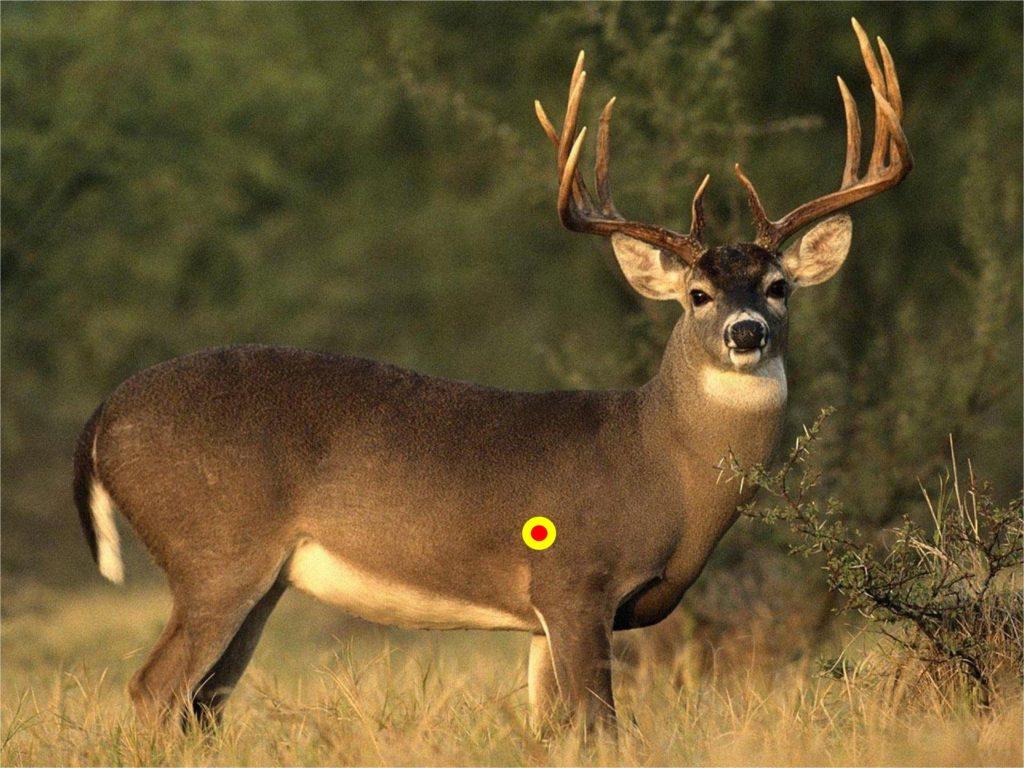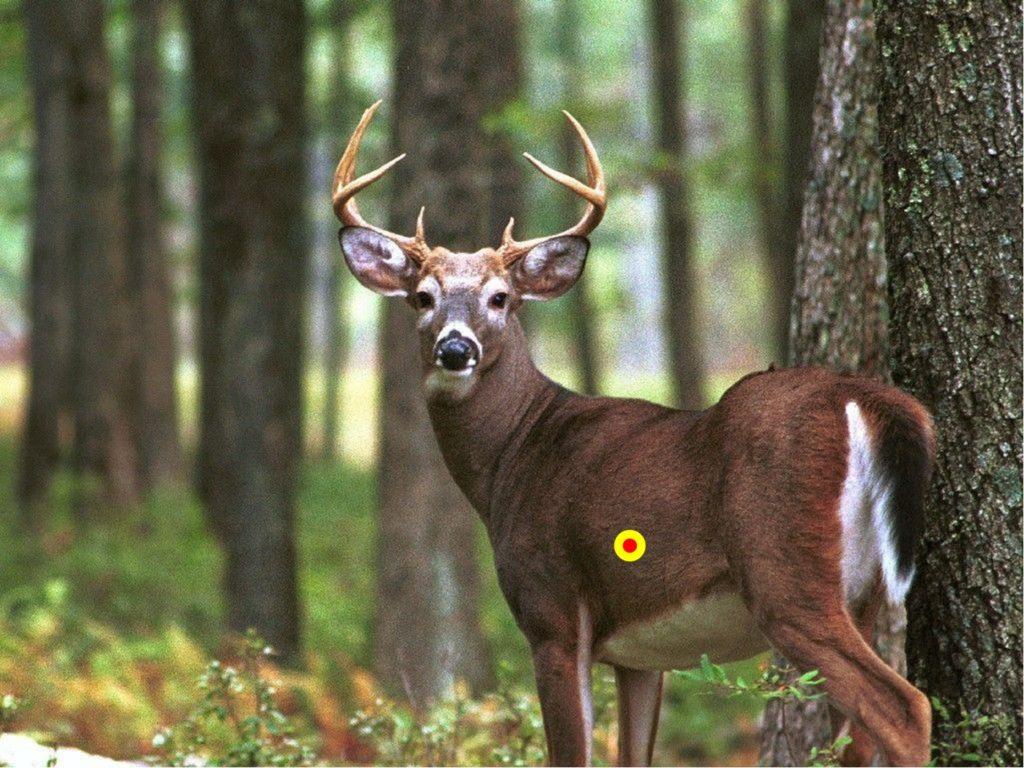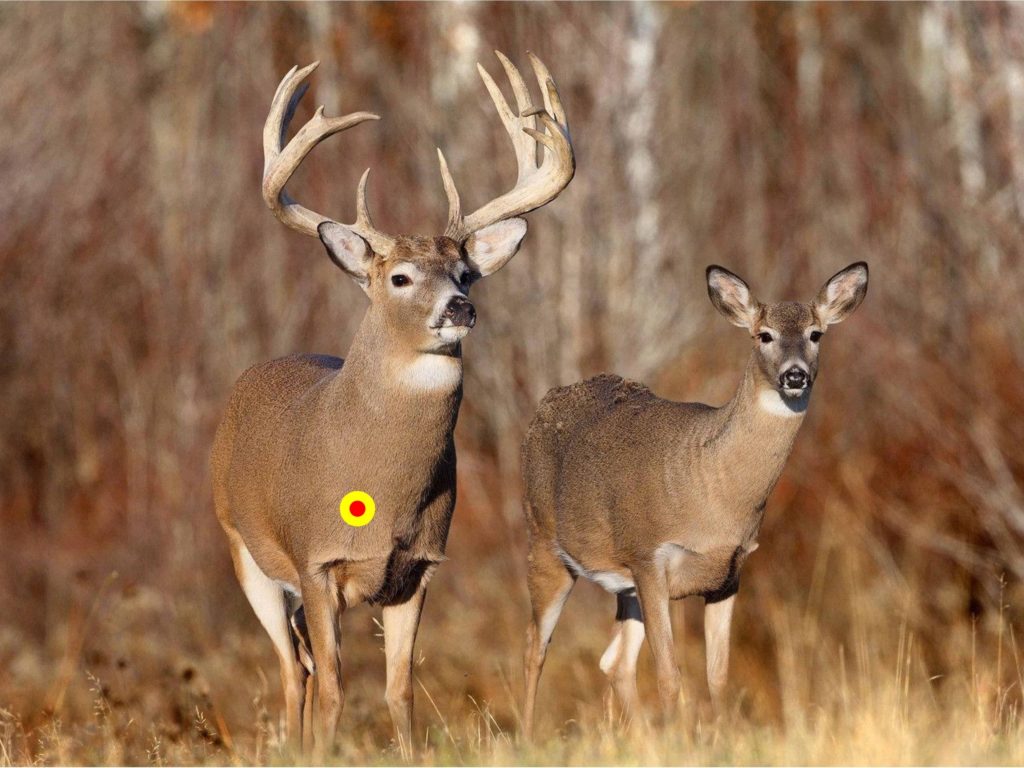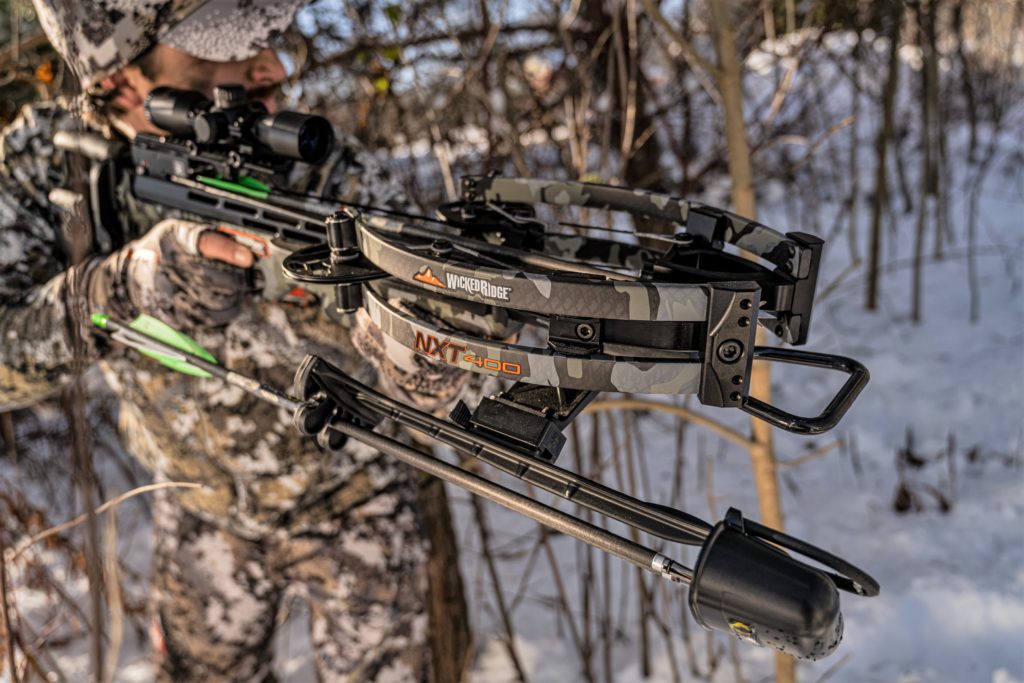With archery deer hunting season just around the corner, it’s important to discuss the crucial topic of shot placement on white-tailed deer when using a crossbow. By carefully choosing where to shoot, you can greatly increase your chances of a successful harvest and quick, humane kill. In this article, we’ll explore the do’s and don’ts of crossbow shot placement for deer hunting.
Table of Contents
The Best Shot Angle: Broadside Shots
When it comes to shot angles, the broadside shot is the most ideal for crossbow hunters. This is when the deer is standing sideways to you, offering the widest view of the vital organs. Even if your shot is slightly off by an inch or two, your arrow will still hit the vitals, resulting in lethal damage. Aim for the heart and possibly both lungs, ensuring a quick kill and a shorter tracking distance. To find your aim point on a broadside shot, line up your crossbow’s vertical scope reticle with the back of the deer’s front leg and align the horizontal reticle or dot approximately one-third to halfway up the deer’s body.

The Second Best Shot Angle: Quartering Away Shots
If a broadside shot is not possible, the next best option is a quartering away shot. With this angle, you still have access to a large area of the deer’s vitals, allowing for maximum heart and lung damage. However, keep in mind that as the deer’s angle increases away from you, the shot window for the vitals shrinks. If the angle is greater than 45 degrees, the chances of a lethal shot decrease, and a glancing shot may result in a wounded deer. To find your aim point on a quartering away shot, line up your crossbow’s vertical reticle with the off-side leg or shoulder of the deer and hold the horizontal reticle or dot approximately one-third to halfway up the deer’s body.

The Risky Shot Angle: Quartering Toward Shots
A quartering toward shot should only be attempted if you have the experience and confidence to identify the proper spot to place your shot. This shot angle offers a smaller shot window, as the near-side shoulder blade blocks some of the vitals. If your shot is not perfectly placed, the bolt may deflect or result in poor penetration. Only attempt a quartering toward shot if you have no other options and if you believe the deer will not present a broadside or quartering away shot. To find your aim point on a quartering toward shot, line up your vertical reticle with the inside edge of the near-side leg and hold the horizontal reticle or dot approximately one-third to halfway up the deer’s body.

Avoid the Head Shot
It’s important to mention that a head shot with a crossbow is not recommended. The target area on a deer’s head is extremely small, and missing it by even an inch is highly likely. This can result in the bolt getting lodged in the deer’s head without causing a fatal injury. It’s always better to be patient and wait for a better shot opportunity. Avoid taking head shots with a crossbow or any other archery equipment when hunting whitetails.
One Shot, One Kill
When choosing your crossbow shot placement, always prioritize making a single shot that will result in lethal damage to the vital organs. Attempting to disable a deer with a shot to the shoulder, spine, or hindquarters with the intention of finishing it off later is not advisable. This approach often leads to wounded and unrecovered animals. Be patient and wait for the deer to present a shot angle that maximizes your chances of a successful kill. After all, you owe it to yourself and the deer to take the shot that yields the highest chances for success.

Understanding Crossbow Bolt Limits
It’s essential to understand that crossbow bolts are not as powerful as rifle bullets. Even with high-performance crossbows that launch bolts at extreme speeds, there are limits to the amount of shock they can handle upon impact. A direct hit on a thick, solid bone can cause the bolt to lose its integrity as a lethal projectile. Keep this in mind when choosing your shot placement and be aware of the limitations of your equipment.
Remember, successful deer hunting with a crossbow requires careful shot placement. Choose broadside or quartering away shots whenever possible, be patient, and prioritize making a single, well-placed shot. By following these guidelines, you’ll increase your chances of a clean and ethical harvest. Happy hunting!


